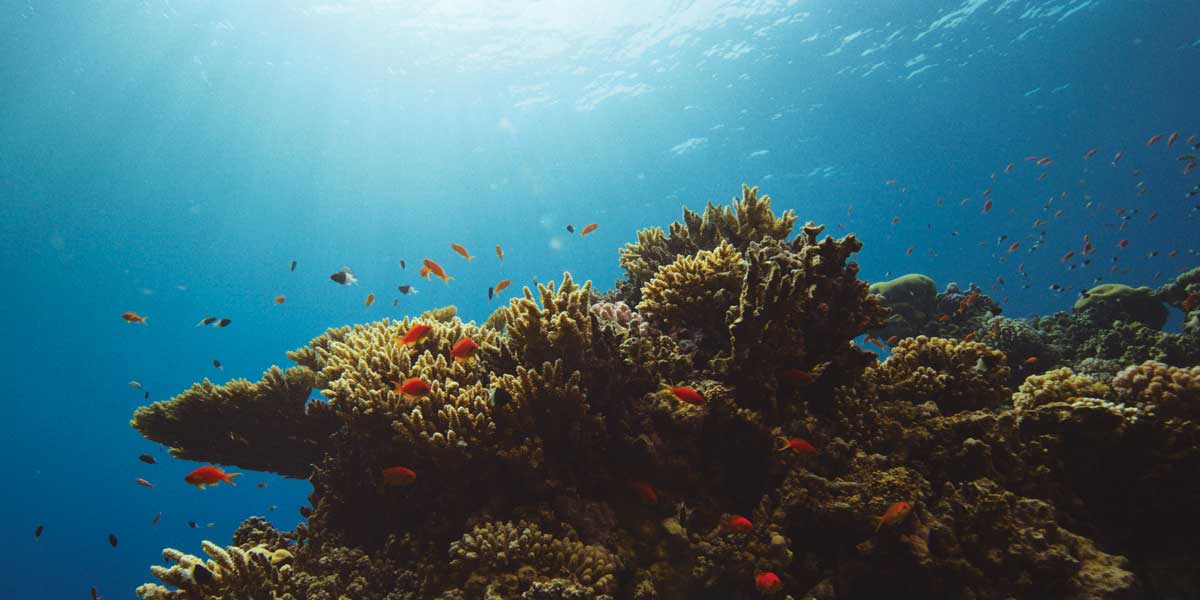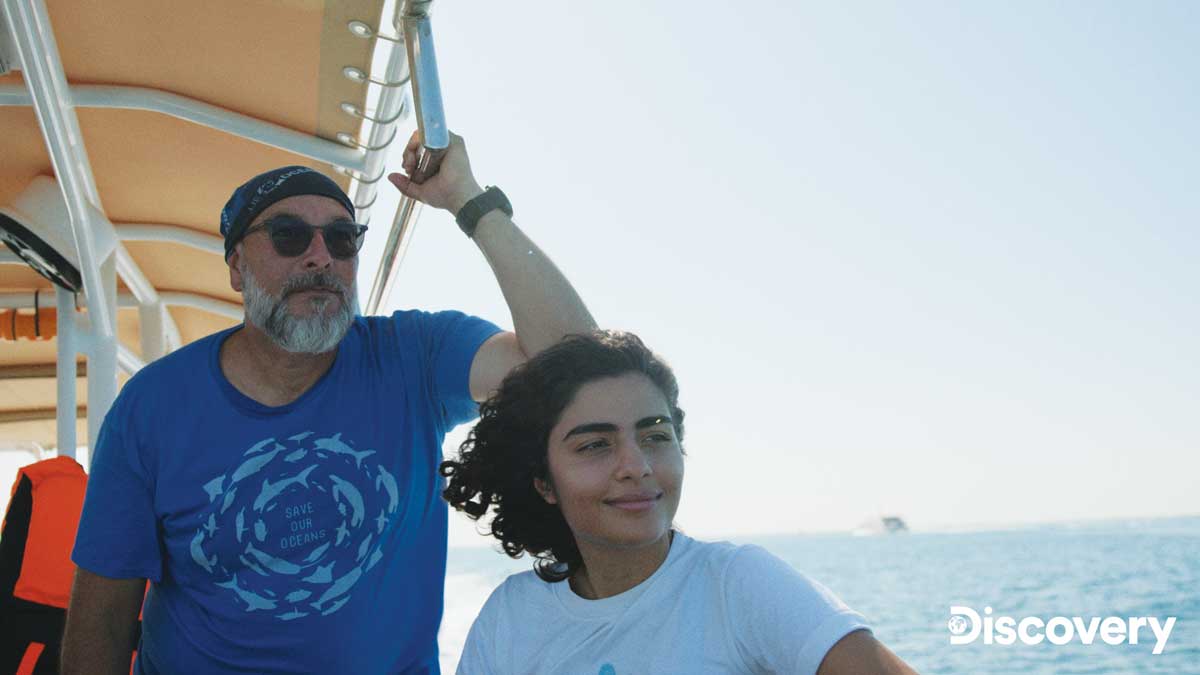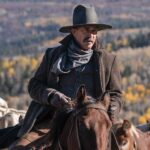
What Lies Beneath
Posted on Oct 29, 2024 by Samara Husbands
Jean-Charles Granjon, DOP on Beneath the Surface: The Fight for Corals, shares the technical feats behind capturing the beauty of an unseen underwater world
Words Nicola Foley, Images Discovery
Beneath the Surface: The Fight for Corals, a stunning one-off documentary created for Warner Bros Discovery, follows Saudi freediver Salma Shaker on an exploration of the coral reefs along the Red Sea’s northern coast. Delving into groundbreaking scientific research, the film takes viewers from Saudi Arabia to Mexico during the hottest year on record, highlighting the plight of corals, the scramble for solutions and the vital role these ecosystems play in combating climate change.
“First and foremost, it’s a plea for the ocean,” sums up DOP Jean-Charles Granjon, whose extensive background in underwater cinematography positioned him perfectly for this project. Over his two-decade career, he’s developed a distinctive approach to filming in aquatic environments, blending the technical precision of his background in marine biology and diving with a filmmaker’s artistic eye. “I became a filmmaker out of my passion for the ocean. Long before putting any device in front of my eyes, I first spent a lot of time immersed in it, ever since I was 11 years old,” he shares.
A big challenge during production was how to depict coral – an organism that often appears static – in a dynamic way on screen. His solution was to explore the coral’s multidimensional nature by altering physical and temporal scales. The use of wide, sweeping movements captured with underwater scooters gave a sense of motion and grandeur, much like a drone captures landscapes on land. Granjon likens this approach to flying a plane between mountains.
Equally important to the production were the logistics behind capturing coral in its most intimate forms. This included shooting detailed macro images and using time-lapse photography to reveal changes invisible to the naked eye.
“For the macro shots, we spent hours in just 1 sq m of space. We were shooting something so small that simply breathing with our regulator less than 50cm from the topic created a parasitic motion,” Granjon recalls. “We used a 24mm macro lens, with the front sometimes as close as half-a-centimetre from the subject. Since we were filming time-lapse, we needed maximum stability, so we chose to shoot during the slack period of the tide. Thankfully, the sea was amazingly calm.”
Granjon and his team also made extensive use of UV light to capture the fluorescent qualities of coral. “Zooxanthellae, the symbiotic algae of coral, react particularly well to UV light and then become fluorescent,” he explains. “Coral fluorescence is a visually fascinating universe; it was important to address this dimension in this film.”
Granjon deployed a combination of cutting-edge equipment to meet the technical demands of underwater and topside cinematography. The primary camera for underwater filming was the RED HELIUM equipped with Nikon, Canon and Laowa macro lenses – protected with housing by Subspace Pictures. “We used the Nikon 14-24mm and 24-70mm, Canon EF 100mm macro and Laowa 24mm macro for underwater shots. The Laowa allowed us to capture landscapes within the macro universe,” he elaborates.
For time-lapse photography, the team also used the Sony A7S III. This camera was paired with various macro lenses – including the Sony 90mm and Canon 16-35mm – and housed in Subspace enclosures as well. Time-lapses enabled the team to show the slow, deliberate movements of coral and its polyps. “We shot photographic time-lapses in Raw recording, with the possibility of lowering the shutter speed to values greater than one second,” Granjon adds. This slow exposure allowed the team to capture light changes and intricate details in a way rarely seen in documentaries.
For topside sequences, Granjon chose a RED HELIUM and Canon C70, supplemented by various lenses for both cinematic and documentary-style looks. The DZO Pictor Zooms offered a cine aesthetic, while the Canon RF zooms were utilised for gimbal work. He also incorporated Sony A7S II cameras for time-lapse shots using a Laowa probe lens, allowing for a more intimate exploration of small-scale marine life.
For lighting the topside sequences, the team used natural light as much as possible – except for the shots in the lab. “Labs are pragmatic spaces where actual lighting is made to be efficient and comfortable for work – not nice on a screen! I added some light elements to increase the backlight and bokeh effect in my footage,” explains Granjon.
While shooting underwater during the day, they also worked a lot with natural light. “We only used artificial light for macros as it’s easier to control the light in a tiny space,” Granjon continues. “For night sequences, I used UV light and daylight artificial sources. This enhanced the beauty of coral through its natural fluorescence, providing a surreal atmosphere for the scientists’ night work.
“I was proud to find the right balance of documentary and fiction cinematic,” concludes Granjon, “and of my team – especially the first AC and diver in a shoot requiring ample technical intelligence.”
This feature was first published in the November 2024 issue of Definition.











